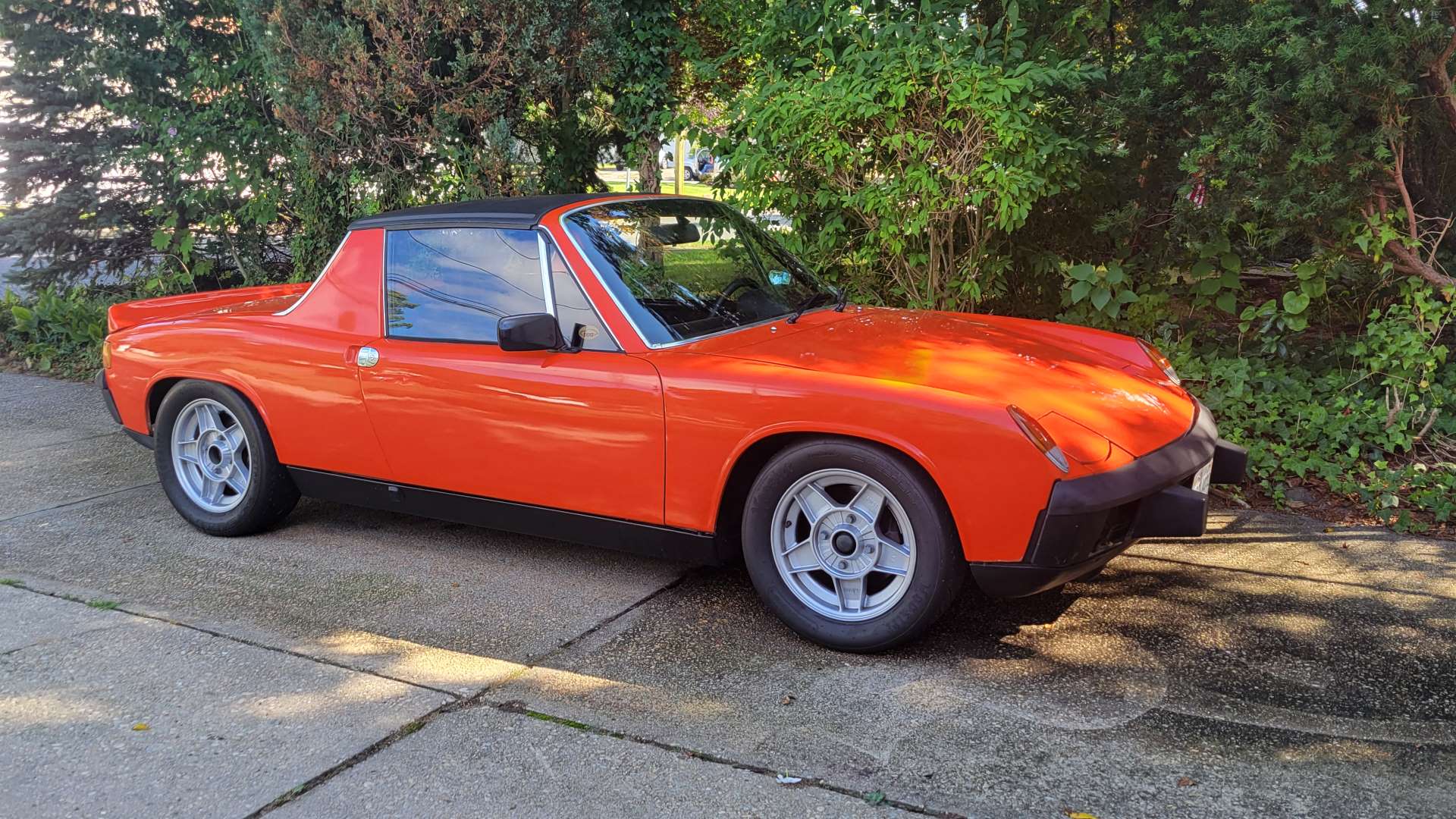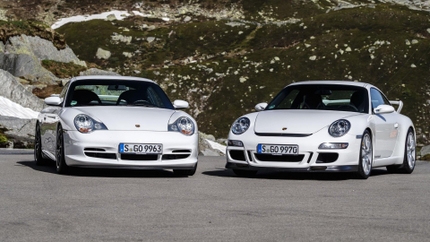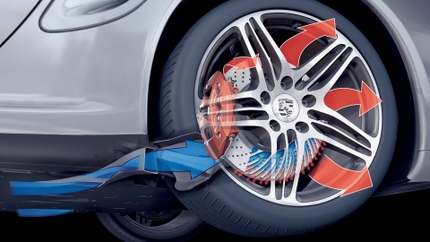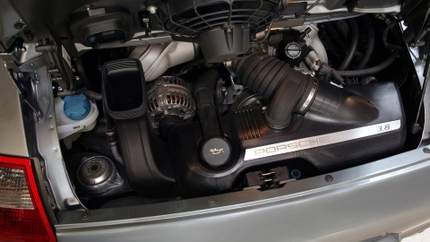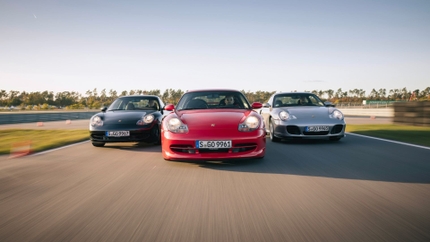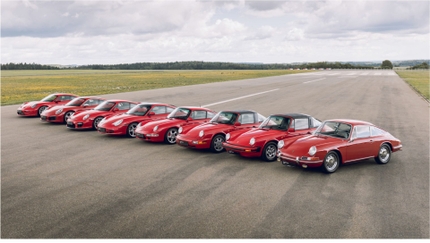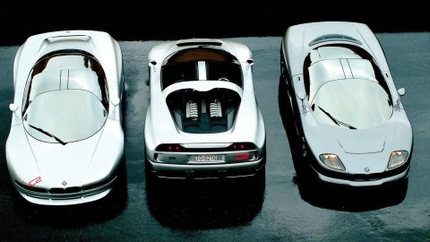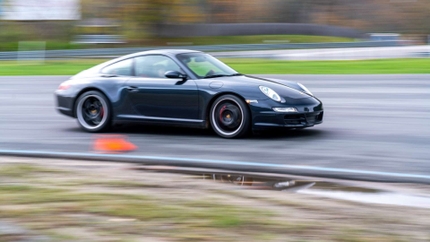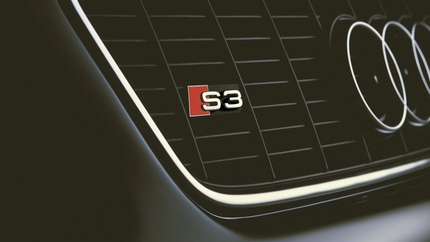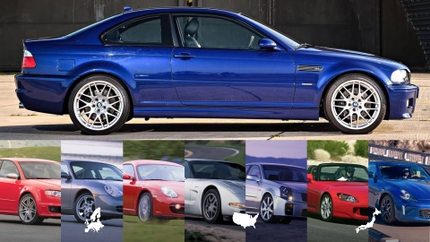- 05/30/2023
- 11 Min Read
- By: Christian Schaefer
The Definitive Guide To The Porsche 996 Brakes
Porsche’s first water-cooled 911 carried a polarizing design when new, but its engine and braking performance was never in question. Across the entire range, Porsche fitted three distinct brake packages that got larger as power and performance went up. The stock brakes, no matter which size, are a very competent performer on the 996 chassis and never leave any doubts about their ability. They’re also a very friendly DIY candidate for anyone looking to save money and gain experience. Knowing just which parts fit which models can get a little confusing, however, so it's important to understand what you need for your situation. Here’s everything you need to know.
Porsche 996 Brake System Overview
Nearly every 996 left Stuttgart with fixed-piston calipers that clamped over drilled steel rotors. The only exception is the GT2 which was given the Porsche Ceramic-Composite Brakes. Known as PCCBs, they were an optional upgrade for the Carrera 4S, Turbo, Turbo S, and GT3 and featured a revolutionary brake package for a street-driven vehicle. It consisted of carbon-ceramic three-piece rotors, yellow brake calipers, and corresponding performance-oriented brake pads.
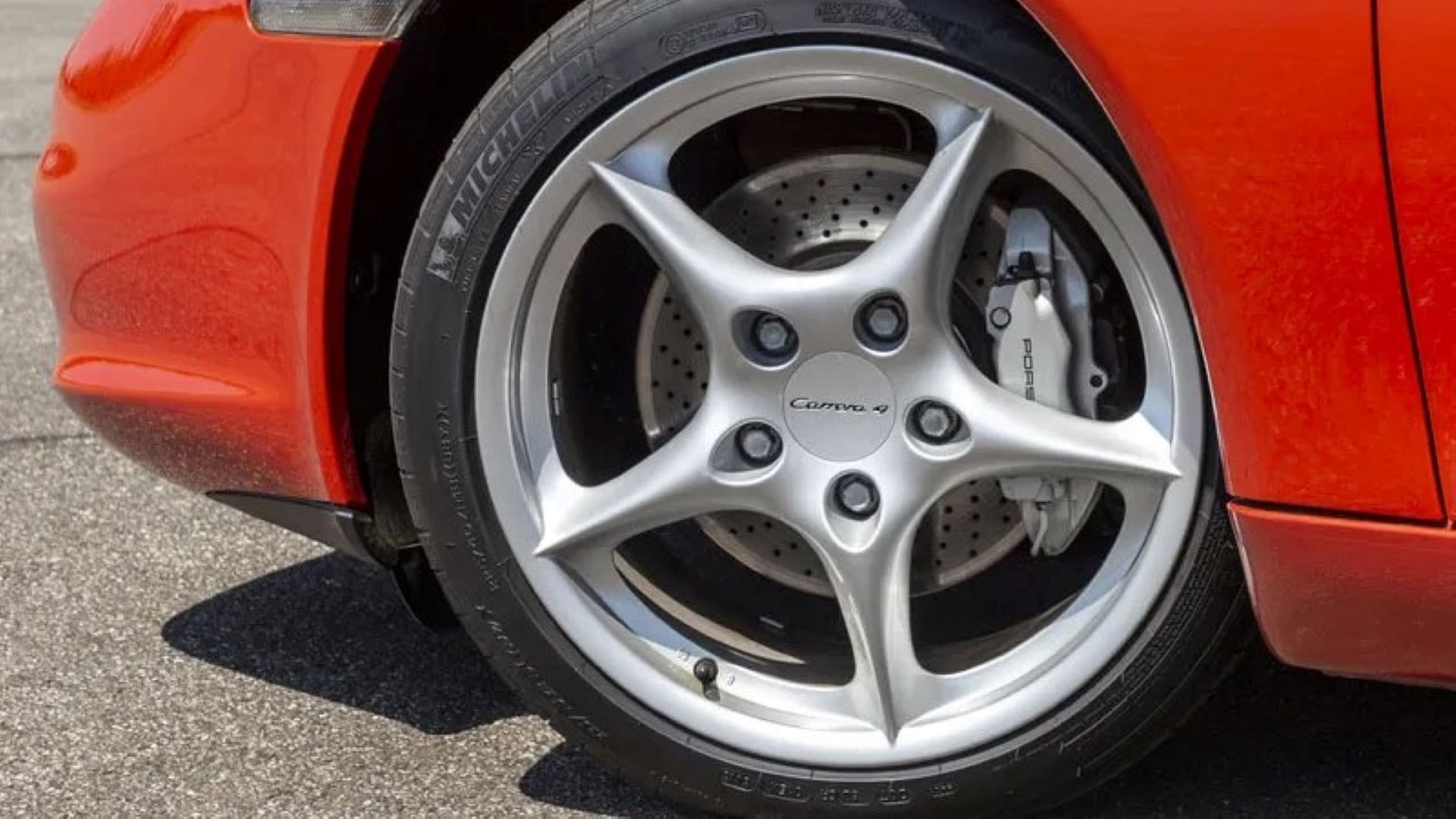
Without the expensive PCCB option, the 996 used a more traditional package with parts that ended up on later Carrera, Boxster, and Cayman models, making parts acquisition and OE upgrades largely possible for every variant. Caliper and rotor size were dependent on the trim. The smaller the brakes, the lower the trim level and corresponding horsepower figure. With that said, none of the 996s were under-braked, and even the smallest of them is competent on the track with the right supporting parts.
Aiding in model identification is the caliper color. Porsche paints their calipers a specific color depending on the model they’re fitted to. Reference the list below to use brake calipers as a quick identifier of whichever 996 model you’re looking at.
How To Identify Porsche 996 Calipers
- Carrera & Targa - Black Calipers
- Carrera 4 - Silver Calipers
- Carrera 4S, Turbo, & Turbo S - Red Calipers
- GT3 - Red Calipers (6-piston)
- GT2 - Yellow Calipers
Porsche 996 Brake Specifications
The various braking systems fitted to the 996 can be broken down into three main groups. Find the specifics of each below!
Carrera, Carrera 4, Targa
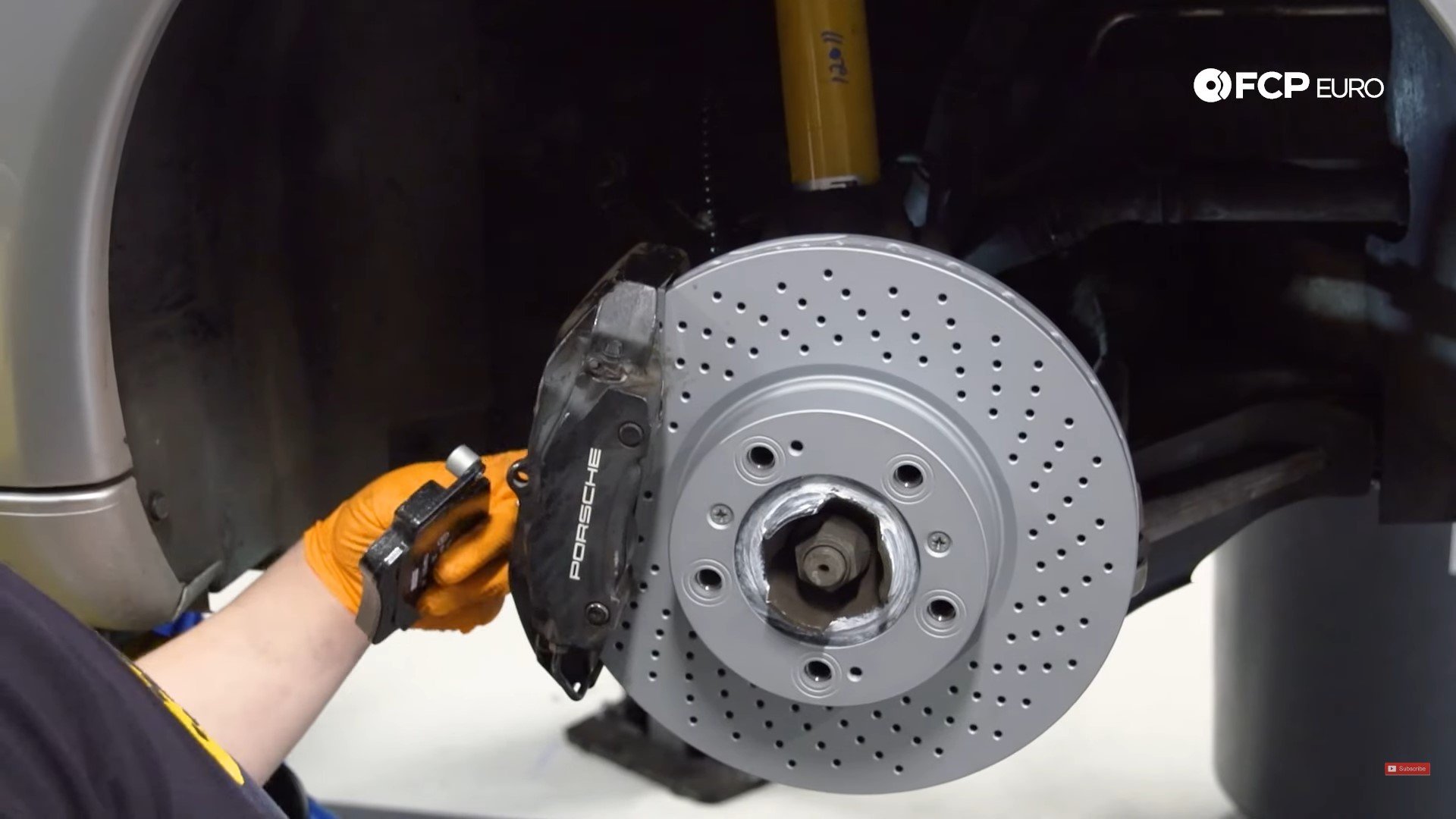
Brake Calipers (Front and Rear)
- Caliper Type: Fixed
- Color: Black or Silver
- Piston count: 4
- Piston size (Front): 36mm & 40mm
- Piston size (Rear): 28mm & 30mm
Brake Pads
- Composition: Semi-Metallic
- New Thickness: 12.0mm Front / 10.5mm rear
- Replacement Thickness: 3.0mm Front and Rear
Front Rotors
- Size and Type: 318mm Cross-drilled
- Material: Steel
- New Thickness: 28.0mm
- Replacement Thickness: 26.0mm
Rear Rotors
- Size and Type: 299mm Cross-drilled
- Material: Steel
- New Thickness: 24.0mm
- Replacement Thickness: 22.0mm
Carrera 4S, Turbo, Turbo S

Brake Calipers (Front and Rear)
- Caliper Type: Fixed
- Color: Red
- Piston Count: 4
- Piston size (Front): 36mm & 44mm
- Piston size (Rear): 28mm & 30mm
Brake Pads
- Composition: Semi-Metallic
- New Thickness: 12.0mm Front / 10.5mm rear
- Replacement Thickness: 3.0mm Front and Rear
Front Rotors
- Size and Type: 330mm Cross-drilled
- Material: Steel
- New Thickness: 34 mm
- Replacement Thickness: 32mm
Rear Rotors
- Size and Type: 330mm Cross-drilled
- Material: Steel
- New Thickness: 28mm
- Replacement Thickness: 26mm
GT3
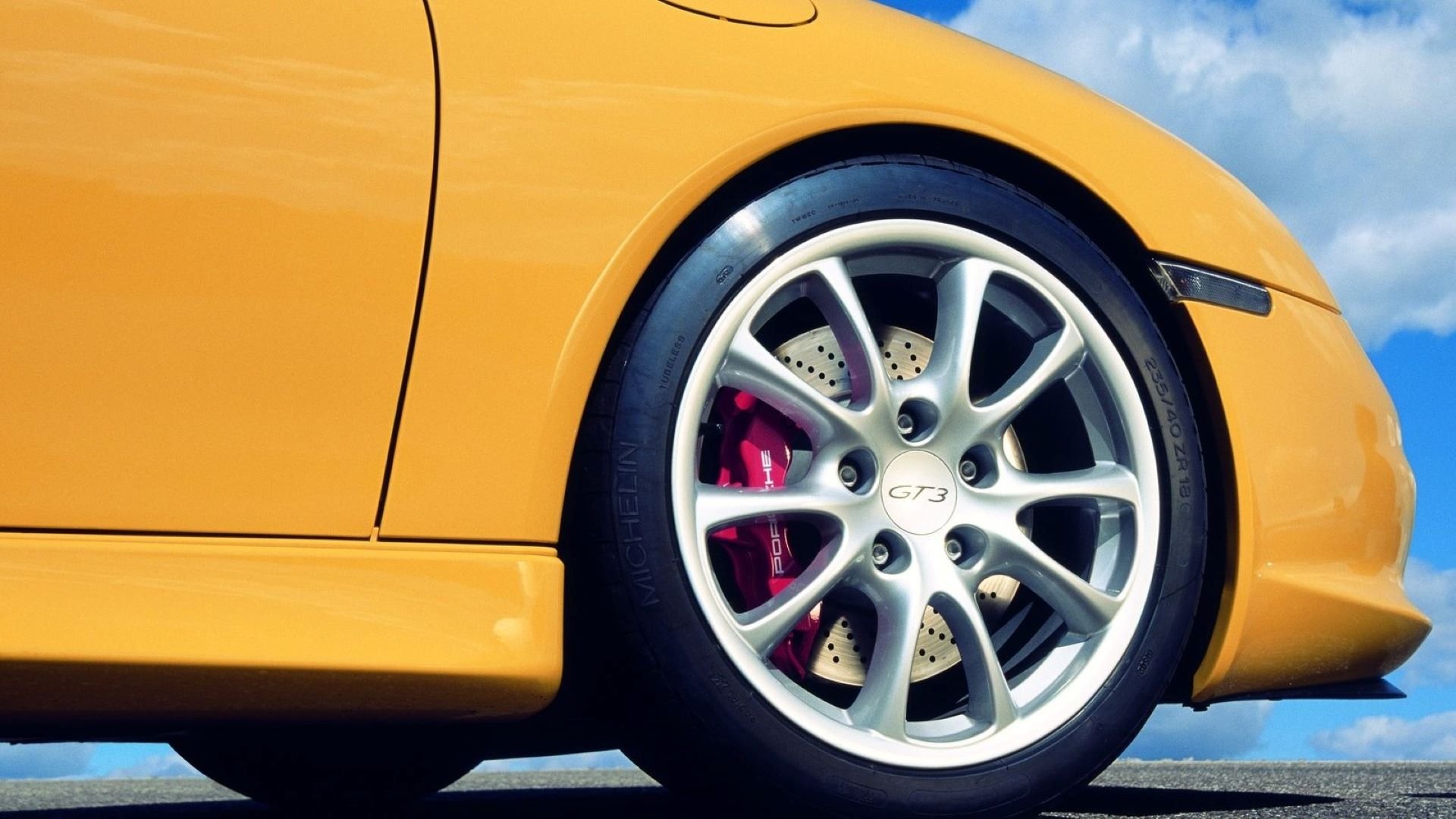
Brake Calipers (Front and Rear)
- Caliper Type: Fixed
- Color: Red
- Piston Count: 6-Front / 4-Rear
- Piston size (Front): 28mm/32mm/38mm
- Piston size (Rear): 28mm & 30mm
Brake Pads
- Composition: Semi-Metallic
- New Thickness: 12.0mm Front / 10.5mm rear
- Replacement Thickness: 3.0mm Front and Rear
Front Rotors
- Size and Type: 350mm Cross-drilled
- Material: Steel
- New Thickness: 34 mm
- Replacement Thickness: 32mm
Rear Rotors
- Size and Type: 330mm Cross-drilled
- Material: Steel
- New Thickness: 28mm
- Replacement Thickness: 26mm
Porsche Ceramic Composite Brakes (PCCB)
The Porsche Ceramic Composite Brake package was first introduced on the 996 chassis. The brake package is the same regardless of which model it is optioned on, and it’s easily identifiable by the large yellow 6-piston front and 4-piston rear brake calipers that stand out through the wheel spokes.
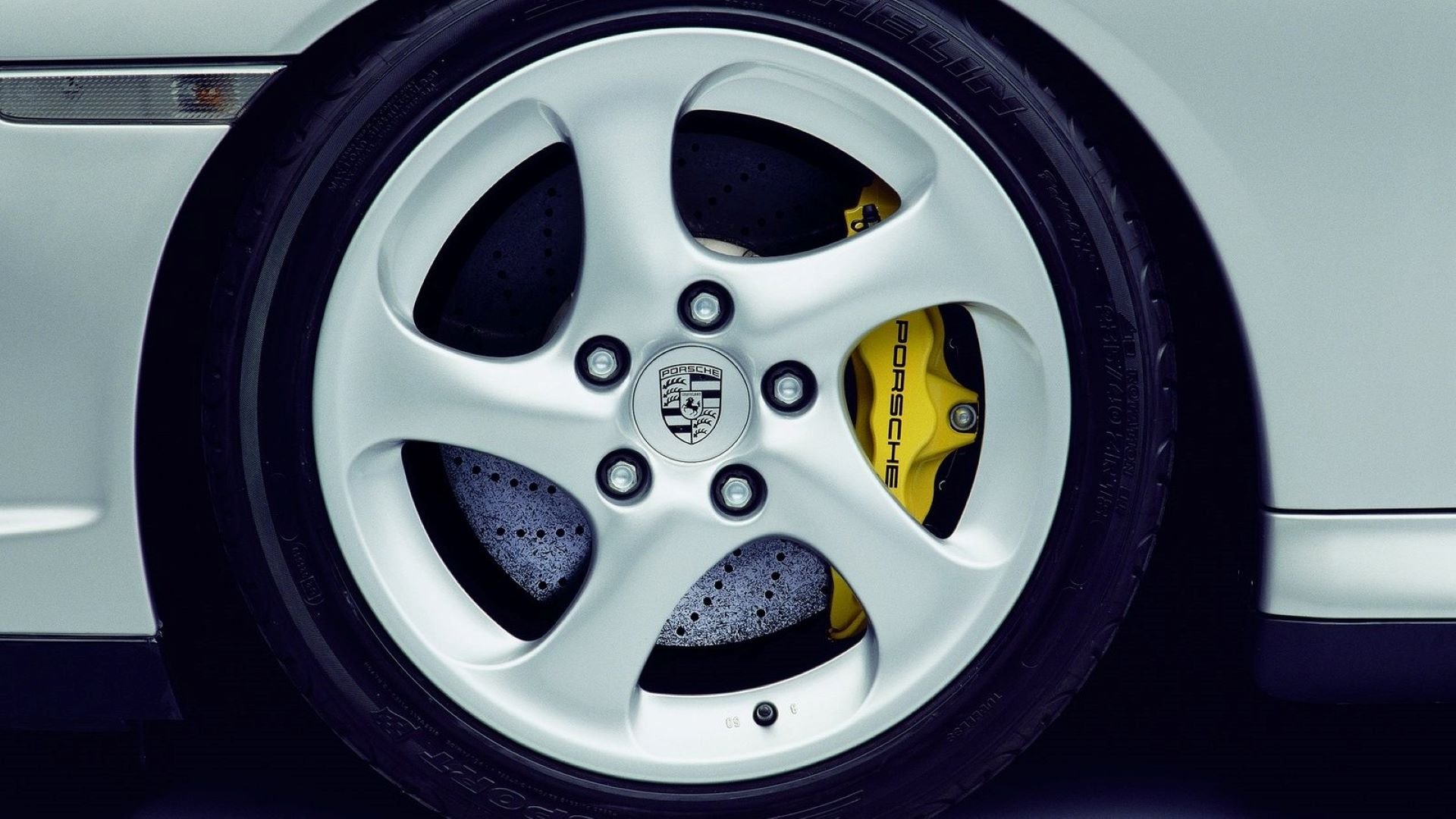
By the time the GT2 debuted, ceramic composite brake rotors were well established in Formula 1 and endurance racing but hadn’t made their way to the street. The GT2’s performance was at such a level that Porsche borrowed the tech from their racing models and put them through a minor redesign to get them suited to street driving. However, even in their modified state, they’re the pinnacle of braking technology and far more adept for high-performance driving than steel rotors.
Their chief benefit can be debated, but the general consensus is their reduced weight. The ceramic-composite rotors are half the weight of steel rotors, which provides a reduction in unsprung weight. Less unsprung weight means improved steering and handling, increased throttle response, and shorter braking distances. But the ceramic makeup that causes the reduced weight also carries significantly better thermal performance than steel. Even after repeated hard stops on the track, the PCCBs won't experience the fade that may occur with traditional steel rotors.
As you might imagine, though, that all comes at a cost.
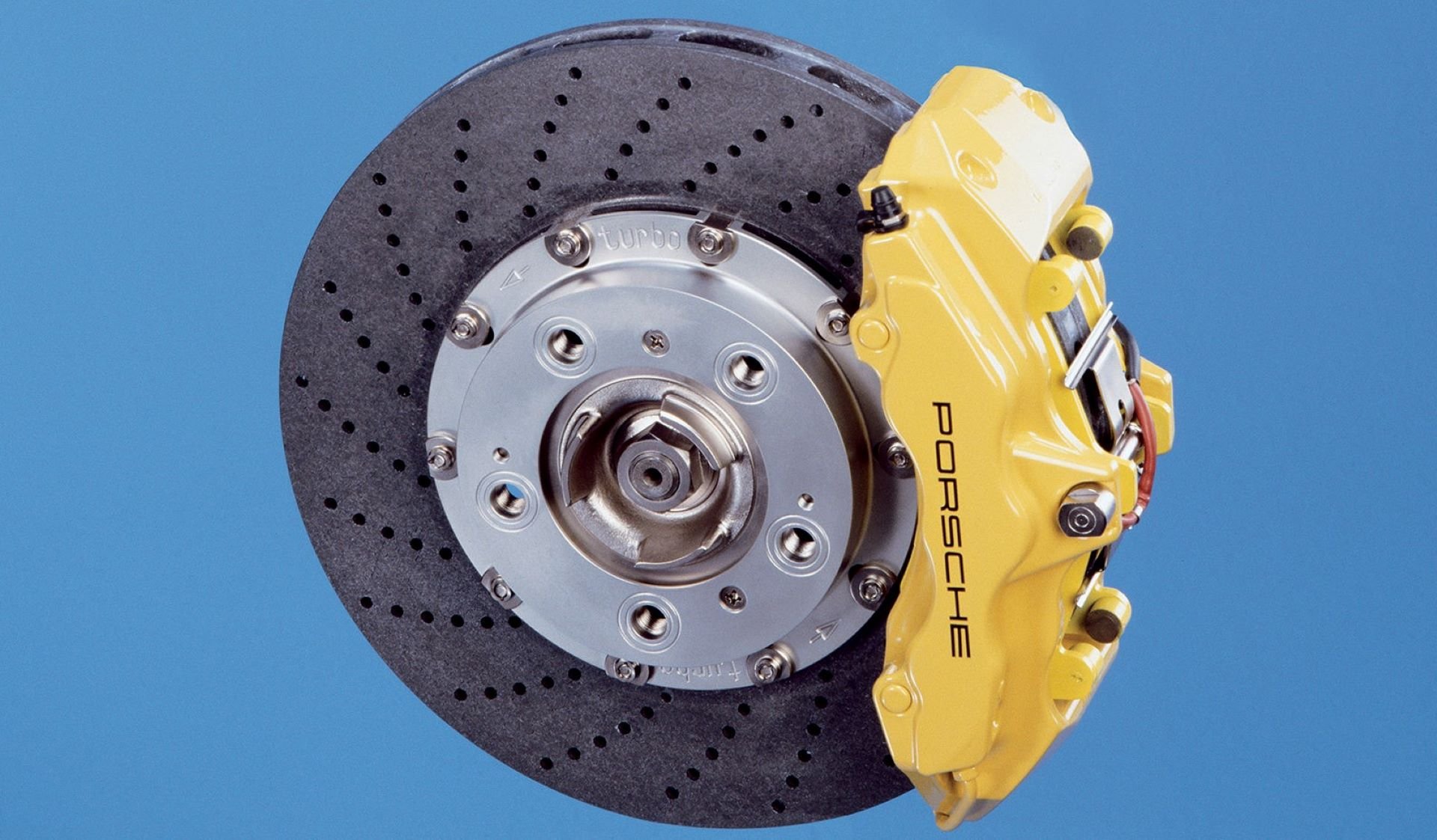
A replacement set of front or rear rotors comes in at nearly $4000 for the pair. In most cases, that’s less than a full brake job performed by a dealer or independent shop on a steel-braked Porsche. Using PCCBs on the track as intended will reduce the life of the rotors, and when the time comes to replace them, the price for replacement can buy you an older Boxster. For that reason, it’s popular among heavily-tracked 911s to have a steel rotor conversion.
Porsche 996 Brake Service & Repair
There isn’t anything fancy about Porsche’s steel brakes, and replacement will be similar to any other car. The 996 uses pad wear sensors on each wheel that will trip a warning light once the pads have worn past a certain point. You don’t need to stop what you’re doing and replace them immediately, but you’ll have around 1,000 miles worth of brake pads left to use.
Typically manufacturers fit two pad wear sensors to a vehicle, one on a front caliper and one on the rear. However, Porsche fits two sensors to each caliper, one on each pad. The dual sensors show whether or not the pads are wearing evenly and alert you to a potentially damaged caliper. At around $5 apiece, they are cheap to replace during a brake service.
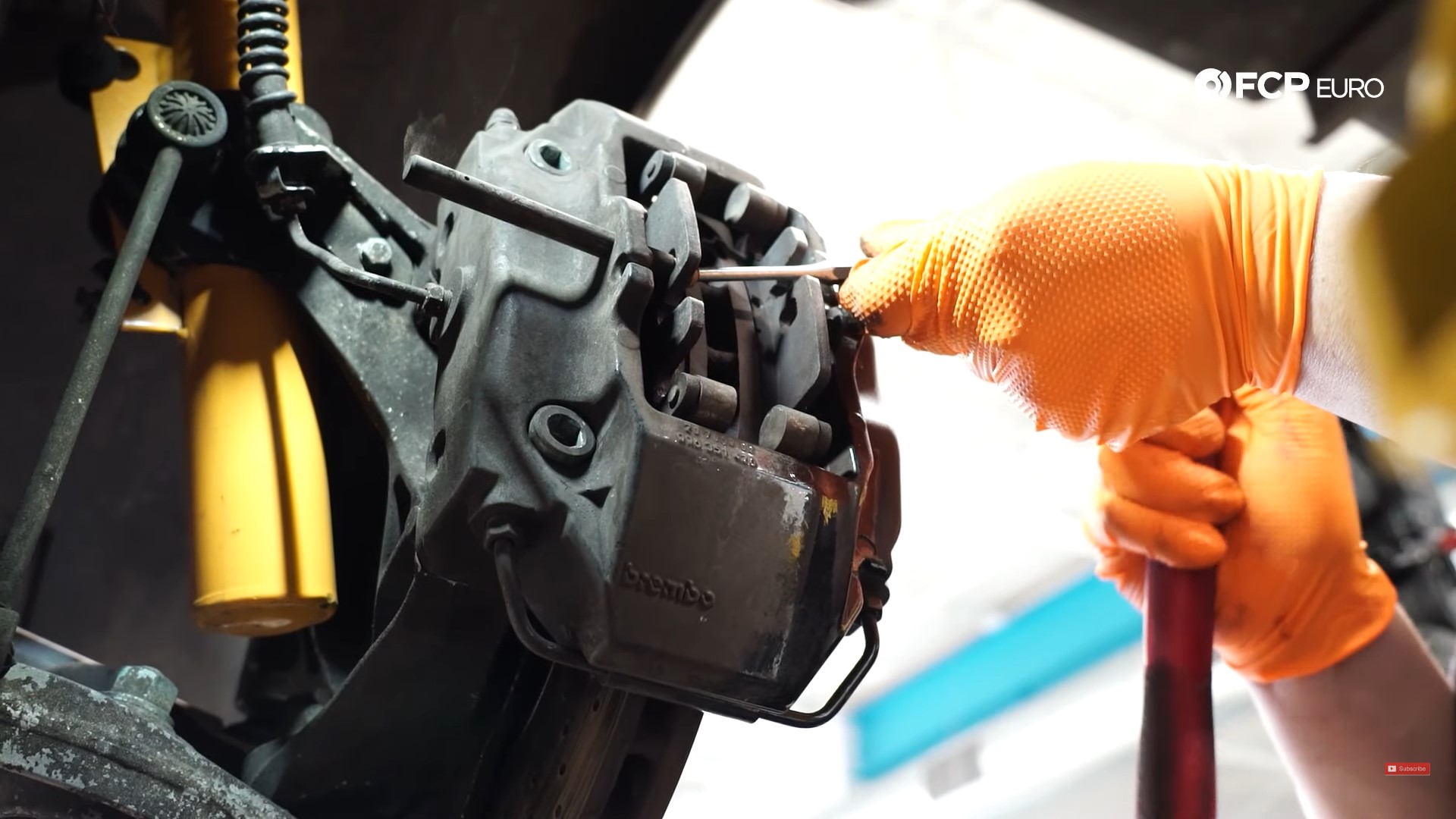
Porsche’s brake pads for the 996 are 12mm thick upfront and 10.5mm in the rear. 3mm of remaining pad life is when Porsche requires them to be replaced. When replacing the pads, there will be dampers fitted to the backs of the pads. Porsche fitted the dampers to reduce the noise and vibration coming from the brakes during everyday use. The dampers fit into the caliper’s piston and have a flat circular backing plate that uses an adhesive to stick to the back of the brake pad. Their necessity is a hotly debated topic, with people finding success without using them.
Judging when it’s time to replace the discs is a little trickier than the pads. Whereas pads wear substantially over time, Porsche specifies a disc replacement after just 2 mm has been worn off. While that doesn’t sound like much, they should last through at least two sets of OE-type pads before reaching replacement. Examine the rotors' surface to get a general idea of their remaining lifespan. The pads don’t contact the disc’s outer edge, so a large lip will indicate a need for replacement.
In extreme cases, the brake rotor can warp. It happens when the rotor is exposed to too much heat causing the disc to lose its shape ever so slightly. It can also occur when too much pad material becomes embedded in them. You’ll know when they become warped when the brakes make the whole car shudder at certain speeds. In most cases, a warped rotor isn’t the end of the world; instead, it’s just a really annoying reminder to change the discs.
There are two ways to solve a warped rotor; replacing it or having it resurfaced. Depending on the severity of the warping, a machine shop can take off the top layer of material to re-flatten the surface. However, it’s easiest to just replace them altogether.
The brake fluid also eventually needs replacing. All brake fluid absorbs water over time because of its hygroscopic composition. Water in brake fluid significantly reduces the boiling point, weakening the fluid for its intended purpose. As it weakens, the brake pedal gets soft and spongy, leaving you with poor response. Porsche specifies a fluid flush every two years, though we recommend even sooner if your brakes see regular high-performance driving.
Lastly, Porsche specifies that the caliper mounting bolts be replaced every time the caliper comes off. That may sound pointless, but the engineers in Stuttgart require it for a reason. Each caliper uses two bolts that go for around $5 each.
Porsche 996 OE Brake Alternatives
Porsche parts aren’t cheap, and that extends to their replacement brake parts. Their genuine parts are guaranteed to fit and are manufactured to their specific standard. Thankfully, the companies that make the parts for Porsche sell them directly to consumers at a reduced rate. They carry the same quality as Porsche’s genuine components and, in most cases, are the same parts, just without the Porsche name printed on them.
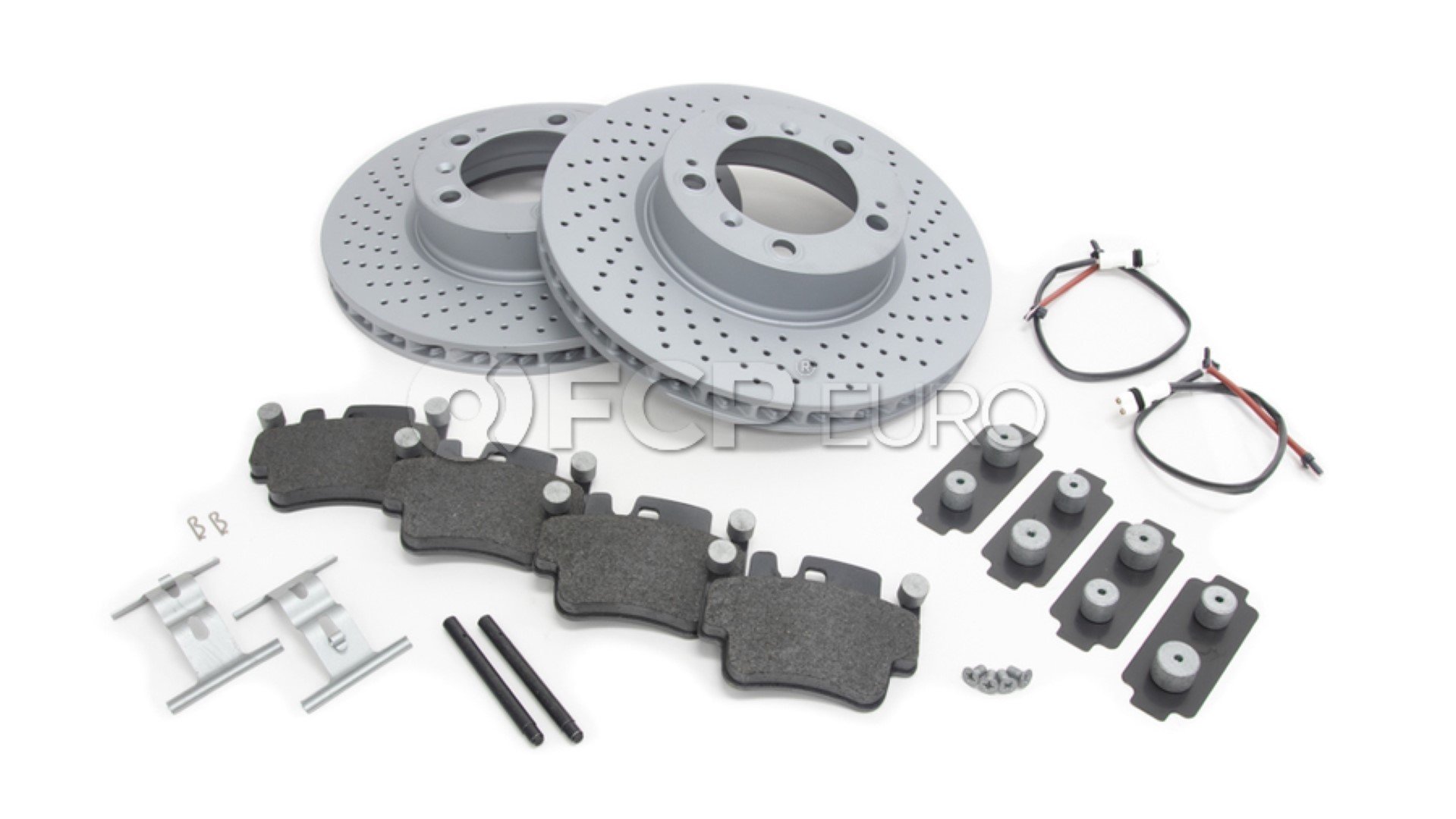
There are several quality brake disc choices to choose from instead of genuine parts. We’re familiar with and trust the rotors offered by Sebro, Zimmerman, Pagid, SHW Performance, and Ate. Both Ate and Sebro are OEM choices, producing the discs Porsche uses for their genuine parts. The Zimmermann rotors, while not OEM, will work just as well on a 996. We used off-the-shelf Zimmermann rotors on our TCR VW GTI race car during our championship run. If they can handle that, they’ll handle anything your 996 can.
Choosing the right brake pad is the next step in acquiring brake service components. Understanding which pad is right for you can be tricky, although we can help you figure that out. Stick with an OE-style pad, and you’ll be using a semi-metallic compound. The semi-metallics provide a firm pedal feel under all braking conditions. Their high metallic content and resin mixture give them a strong initial bite and the ability to handle extreme temperatures from repeated aggressive braking.
Ate, Textar, and Pagid all offer semi-metallic pads in line with Porsche’s current design at less cost than genuine pads. They are a direct replacement. However, there are other options. The semi-metallic pads, while very effective, do produce a decent amount of brake dust as a side effect. If you hate cleaning your wheels, you might want to look at a ceramic compound pad from Akebono. They’re the OE producer for Audi and VW, among others, and carry the same quality as any other manufacturers.
The rubber brake hoses are often forgotten about when it comes to servicing the brakes, but they’re equally important to everything else. Like any rubber component, they wear over time, cracking and fraying in extreme cases. We offer a hose replacement kit for the 996 with Corteco hoses and Pentosin Super DOT4 fluid. The hoses are made to Porsche’s specifications, and the fluid also meets their requirements.
Porsche 996 Brake Upgrades
The popularity of using a 996 as a backroad barnstormer or a capable autocrosser is supported by the wealth of aftermarket and OE parts designed to improve the stock parts, which are all you need. Larger brakes are always the first thing to come to mind when we think about stopping quicker. A bigger turbo means more horsepower, so bigger brakes mean better braking, right? Not so much. For spirited street driving with the occasional autocross, a new set of pads and rotors are all that’s needed, though stainless steel-braided brake hoses are also a good addition.
Porsche fits all of their cars with drilled brake rotors. They work great in a street application with light use on an autocross course but will develop small cracks when exposed to intense and prolonged heat. As an upgrade, Sebro offers a set of slotted rotors with high carbon content. The slots, versus the drilled holes, offer a better initial bite on the disc and a better evacuation of gasses built up between the rotor and pad. The higher carbon content in the alloy helps the rotor withstand more heat for a longer duration, preventing warping or cracking.
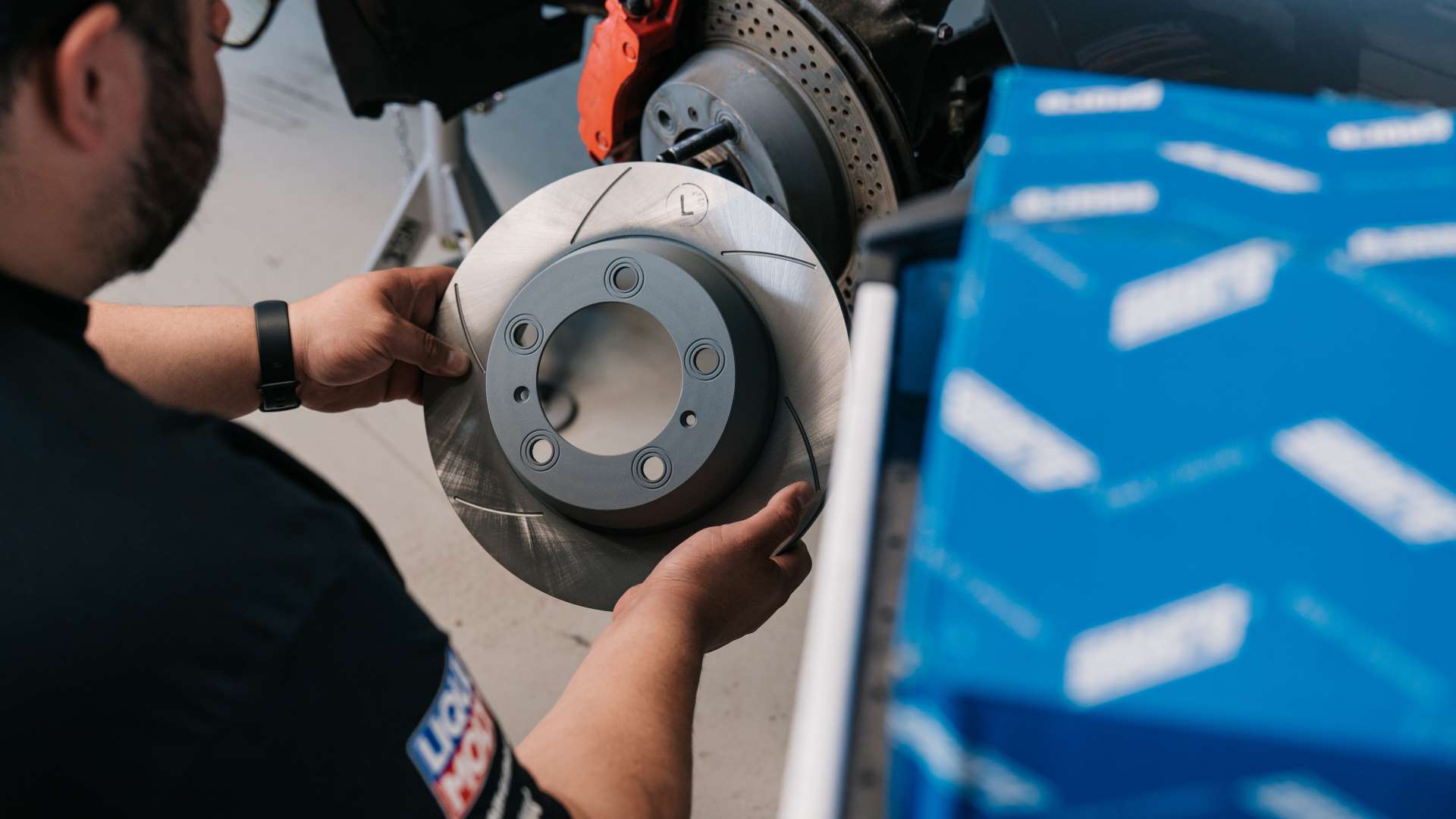
Moving on to the pads leads to even more options. Hawk, Ferodo, and Pagid all offer pads for the 996 with compounds better suited for aggressive use. The pads designed for spirited driving and autocross use a higher metallic content for a more aggressive bite on the disc and better heat resistance. However, that higher metallic content will wear through the discs quicker, produce more dust, and emit more noise.
To round out your light brake upgrades, a set of Goodridge stainless steel braided hoses are cheap and effective. Regular rubber lines can expand under repeated hard breaking leading to a spongy pedal feel. While driving fast, the last thing you need to lose is confidence in your brakes from a suddenly soft pedal. The braided shielding prevents the lines from expanding, giving a firm feel under any condition.
Porsche 996 Track Ready Brake Parts
More aggressive driving requires more braking ability and not just stopping power. Keeping the brakes in their optimal effective temperature range is as important as having a suitable pad compound. Very aggressive pads with a larger rotor and increased cooling are critical to a quality braking system for the track. Being able to stop hard and fast over a significant amount of time is the key here.
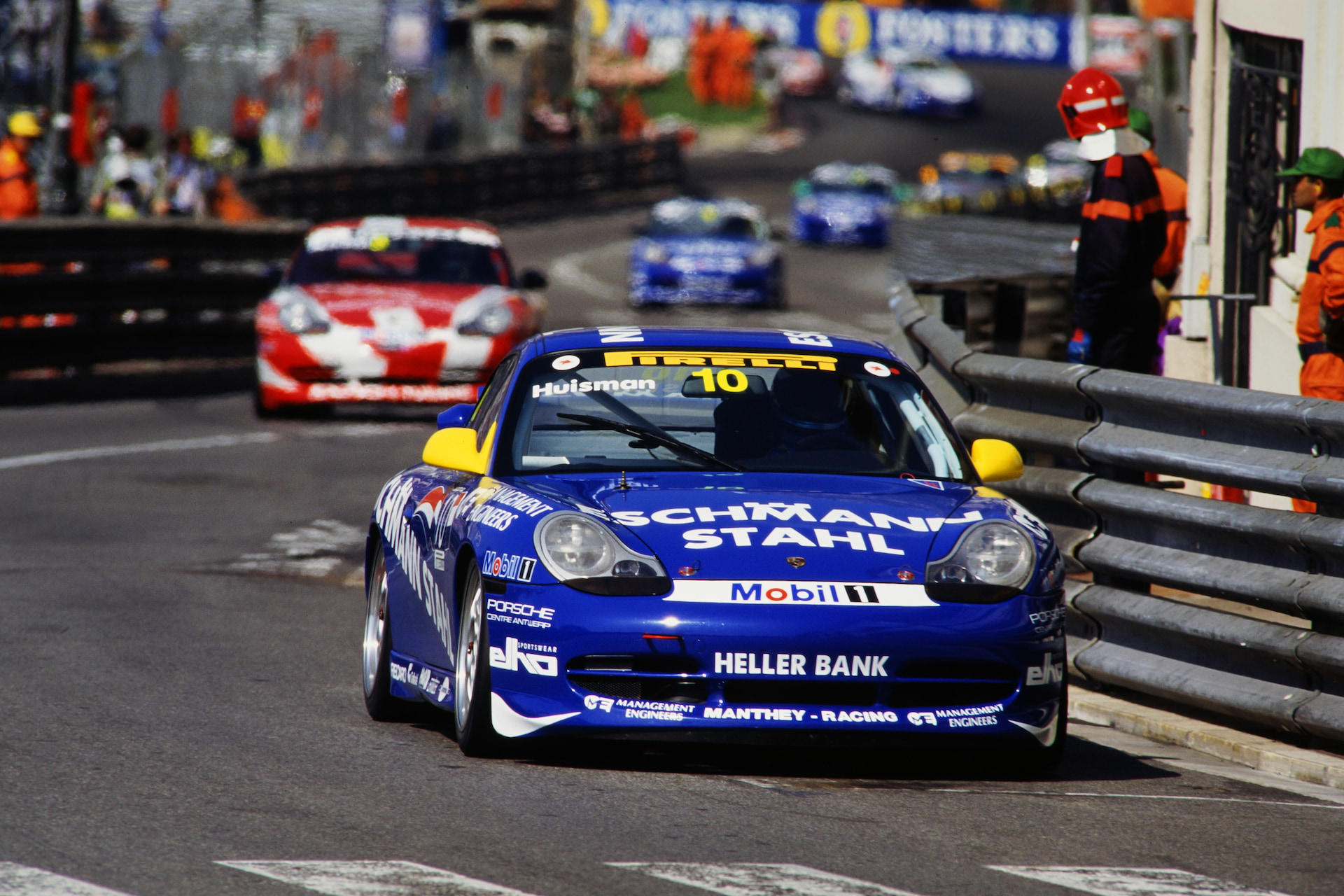
Porsche fitted all of the 996s with brake cooling scoops. The scoops use plastic fins to direct air from under the car up to the brakes. The GT3 and GT2 were fitted with these scoops, though they both use larger fins for more air. The GT scoops work on any 996 without modification, and they simply clip in place of the original pieces. Use the GT2 scoops for maximum cooling as those have the largest fins. Several companies offer more extensive ducting that directly channels air to the brakes, but those kits can be pretty expensive and require some modification.
Unless your 996 came equipped with the PCCBs, it uses a steel one-piece rotor. Again, great for the street and light track days, but dedicated track cars should use rotors better suited for that abuse. The standard upgrade here is to go to a two-piece rotor that uses an aluminum rotor hat. This design has two main benefits. The aluminum hat cuts out a significant amount of unsprung weight, allowing you to accelerate and stop quicker. And two, the aftermarket disc designs use optimized vanes inside the disc to promote maximum cooling. Girodisc is one of the most popular options for the 996, as they make rotors for both caliper sizes.
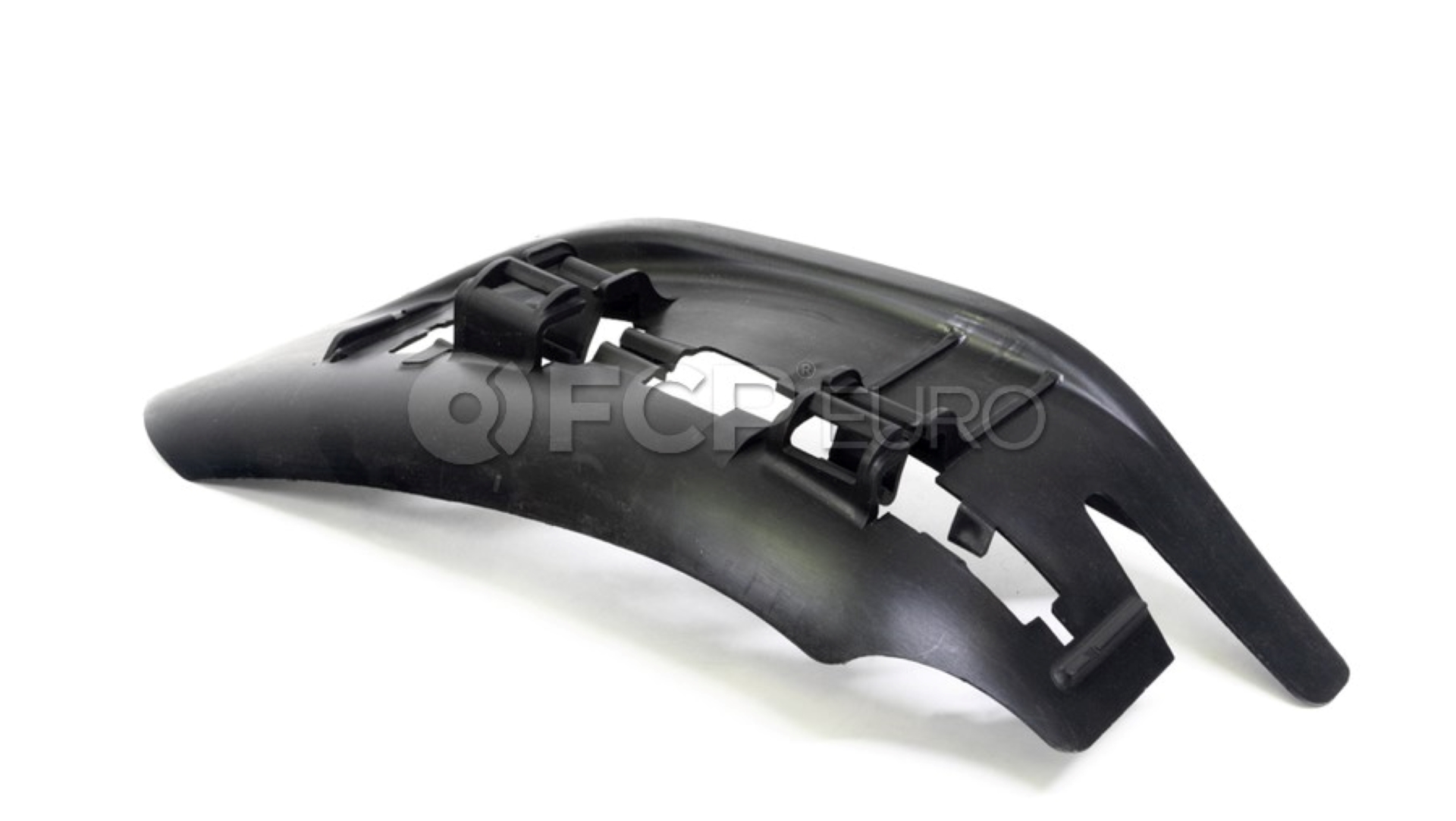
For a genuine dual-purpose pad, the Ferodo 2500 is an option we are familiar with. Paired with a good set of rotors, sufficient cooling, and high-temp fluid, they will handle light track days and drives to the beach. More aggressive pads will take the abuse from wheel-to-wheel action but come with significant tradeoffs. Generally, those pads cost more, last less, and produce more noise and dust. They shouldn’t be used for a regular street application.
Lastly, without the right brake fluid, you won’t be stopping any time soon. Repeated aggressive braking generates a significant amount of heat, and brake fluid, like any fluid, has a boiling point. Not all fluids are the same, so you’ll want to find one with a high boiling point. Any of the choices we offer, the LIQUI MOLY 20156, Motul RBF660, or the Castrol SRF, will work on the street and in a dedicated track car.
Porsche 996 Big Brake Kits
Increasing the surface area of the rotor is a very effective way of improving a braking system's thermal durability. A bigger rotor usually requires a larger caliper and pad, though, so a big brake kit is an easy way. The kits offered by Brembo and AP Racing include larger calipers, pads, and rotors. However, there are a few drawbacks. Not all kits allow you to choose the pad compound included, and will often come with one best suited for spirited road driving. The next and biggest drawback is cost. The cheapest Brembo kit uses a 345mm rotor and will run you for around $3400 for the fronts alone.
Using larger calipers from a newer Porsche will work for the C4S and the Turbo but require significantly more effort for the C2/C4. Because the C4S and Turbo share the same brakes, they share the same wheel carriers. Those carriers use a wider bolt spacing than the smaller brakes of the C2/C4, making the larger calipers incompatible without swapping the knuckles. The narrow-bodied 996s are stuck with the stock brake size unless an aftermarket BBK is used.
The C4S and Turbo are in a much better position to use Porsche calipers. They share the same size bolt spacing as the GT3, GT2, and the later 997s, allowing them to use their calipers.
Special Tools Needed For Porsche 996 Brake Repair/Service
Porsche doesn’t require any truly special tools for brake service. The same tools you use for every other brake job work in this application. Replacing the pads and rotors is a simple DIY job that any owner can complete at home with the right instruction. Have the tools below handy to make the brake service quick and smooth.
Porsche 996 Brake Torque Specifications
Brake Caliper Torque Spec
The brake caliper bolts are one-time use only and need to be replaced any time the brake caliper is removed. Use a 10mm hex bit socket to remove and install the caliper bolts.
- Brake Caliper Mounting Bolts: 63 ft/lbs (85Nm)
With all of that info, you’re ready to tackle your 996’s brakes. If there's anything that you'd like to see added to this guide, or if you have any questions, leave them in the comments below. And, if you'd like to see and read more, check back here often and make sure to subscribe to our YouTube channel.

